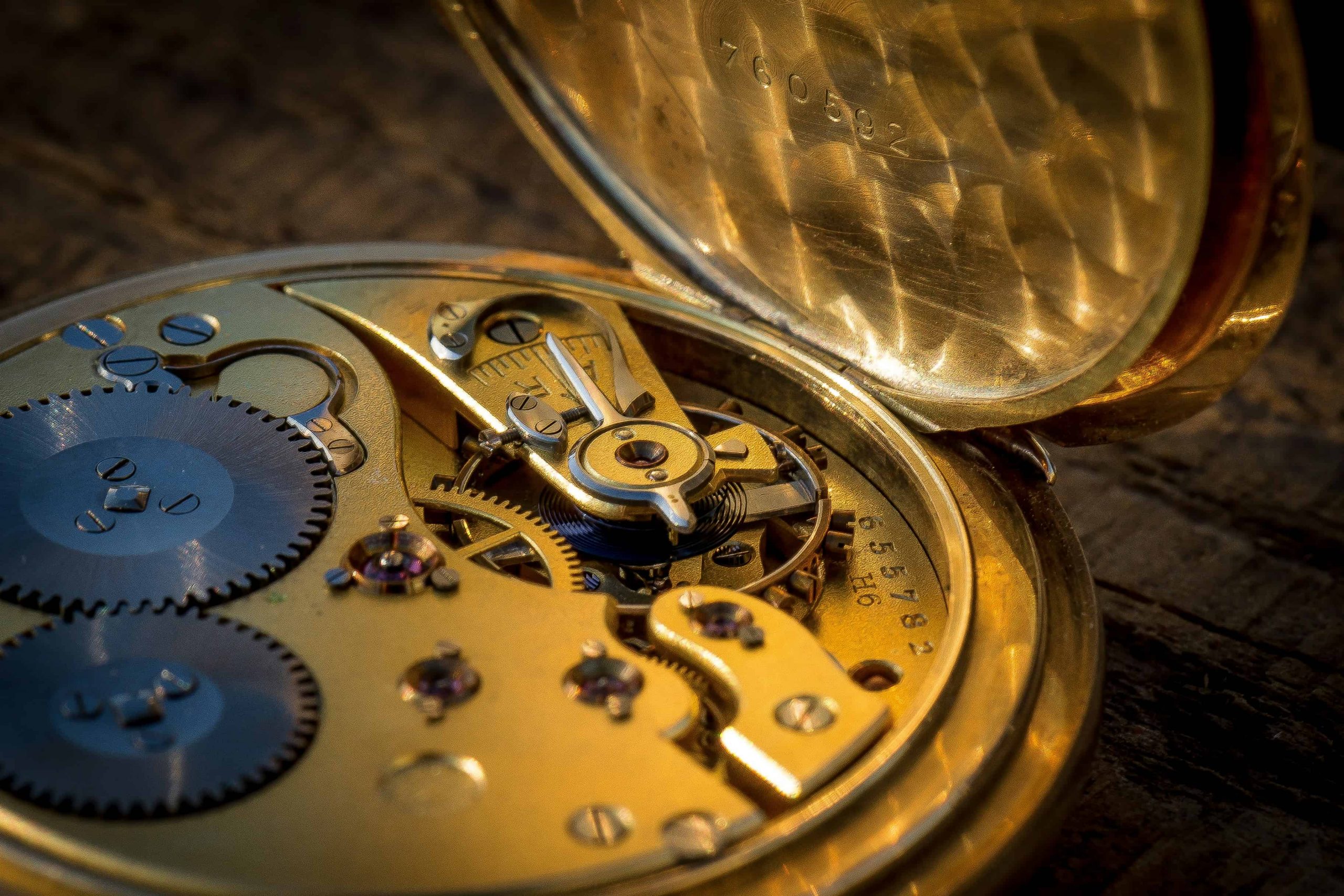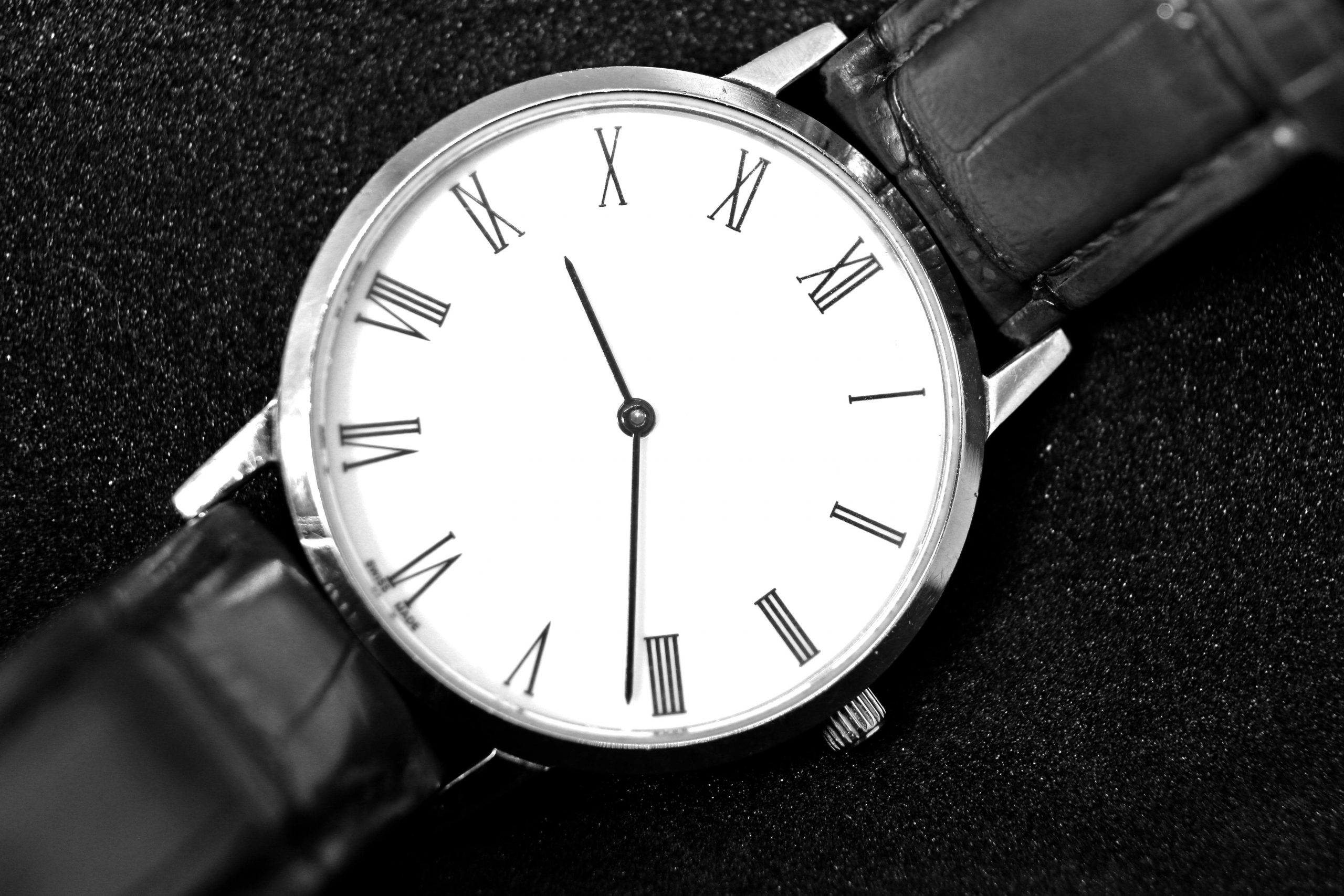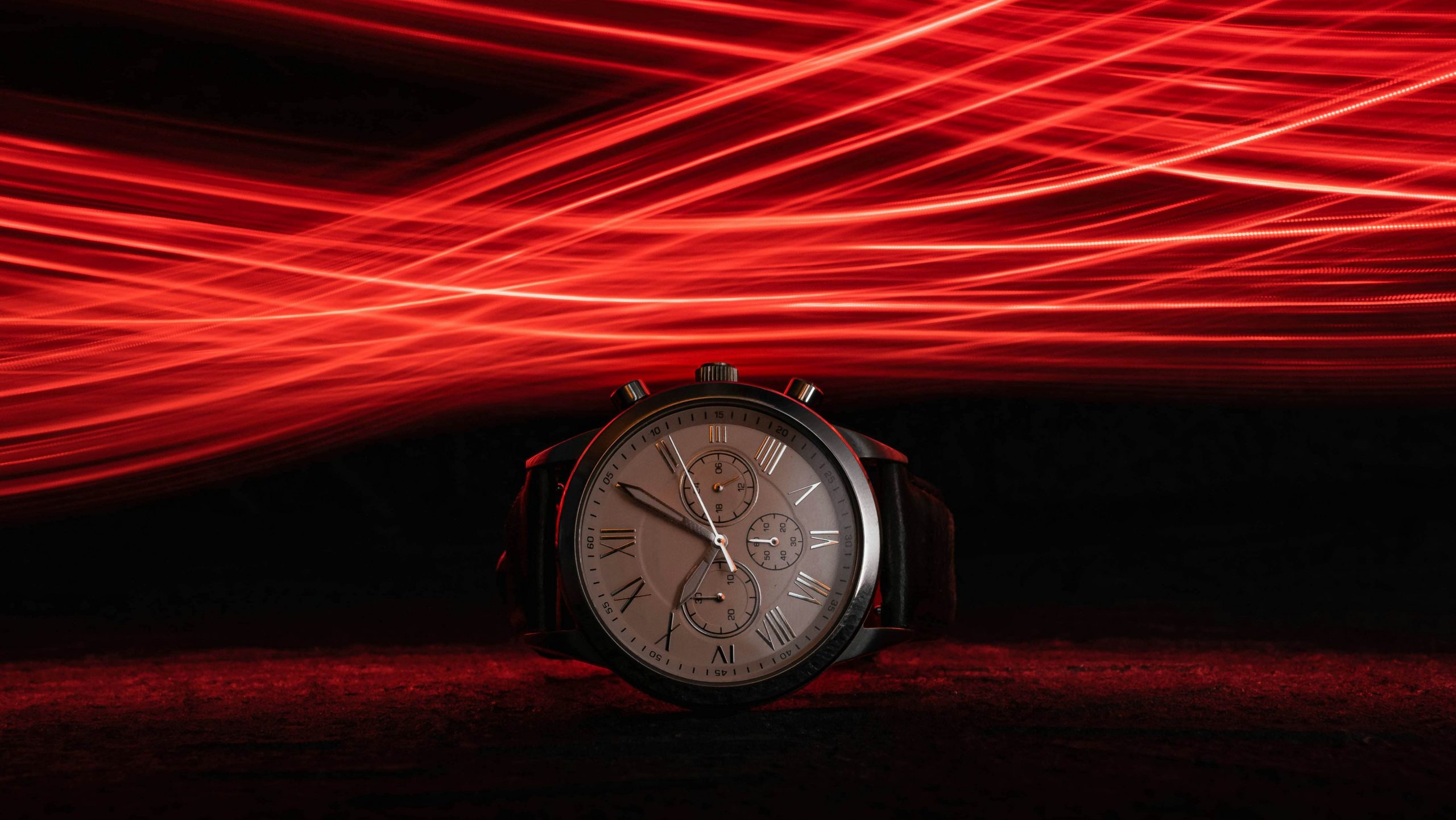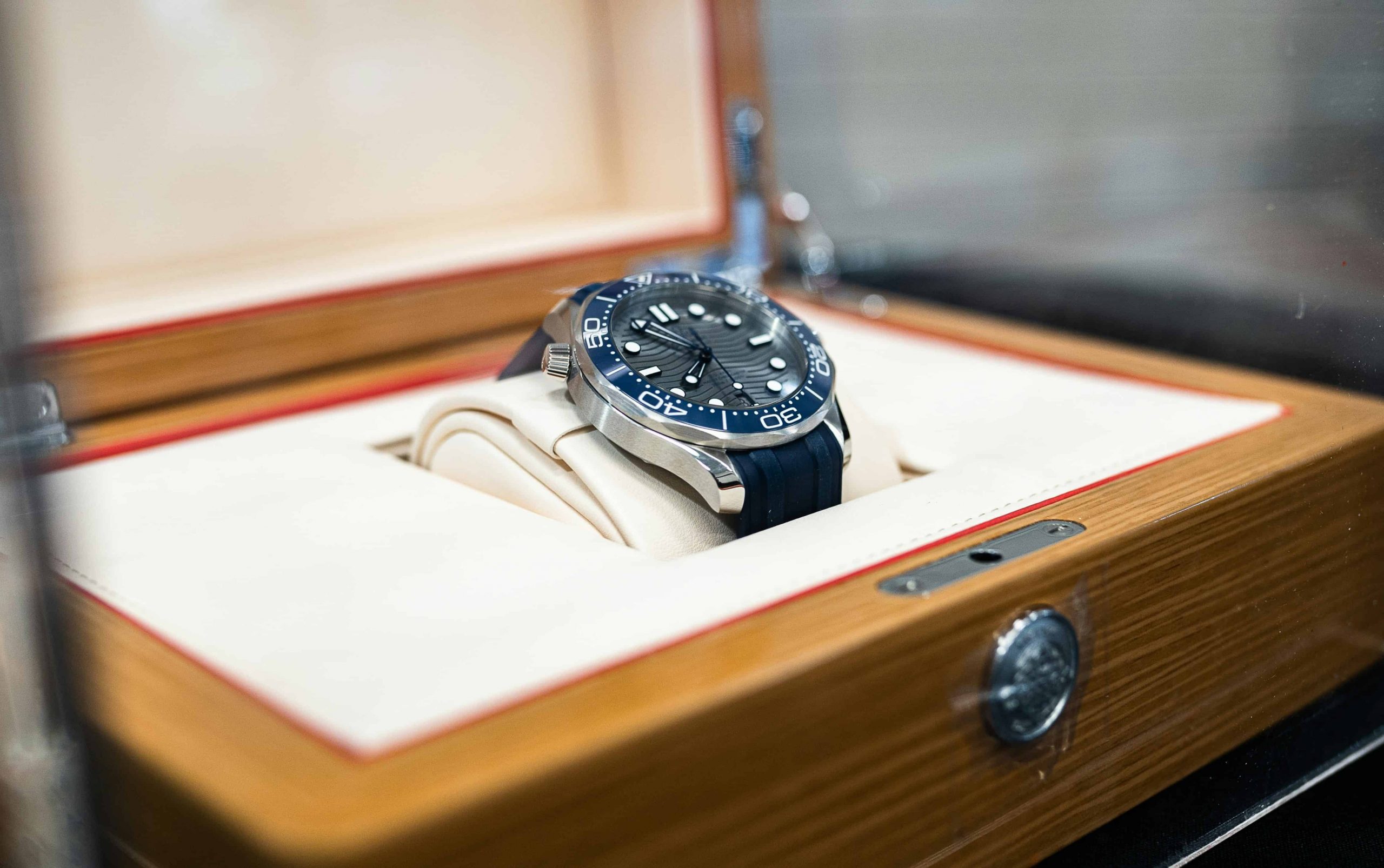
The Evolution of Timeless Watch Designs
Introduction: The Evolution of Timeless Watch Designs
What defines a “timeless” watch design? At its core, a timeless watch transcends fleeting trends, embodying enduring qualities of elegance, functionality, and craftsmanship. The historical evolution of watches mirrors the progress of human civilization itself. From sundials to mechanical movements, timepieces have adapted to meet the changing needs and tastes of society.

© Karsten Füllhaas / Unsplash
Early Timeless Designs (18th–19th Century)
The 18th and 19th centuries witnessed the emergence of pocket watches and early wristwatches. These timepieces, crafted by masters like Breguet and Patek Philippe, epitomized simplicity, functionality, and elegance. With intricately designed dials and precise movements, they symbolized status and refinement in a bygone era.
The Rise of Specialized Watches (Early 20th Century)
As the 20th century dawned, specialized watches for aviation, diving, and military purposes emerged. Brands like Rolex and Omega pioneered durable timepieces tailored to specific functions and environments. The Rolex Submariner and Omega Speedmaster became iconic symbols of adventure and precision, accompanying explorers to the depths of the ocean and the vastness of space.

© Mat Brown / Pexels
Mid-Century Modernism and Minimalism (1950s–1960s)
The post-war period brought a shift towards mid-century modernism and minimalism in watch design. Clean lines, geometric shapes, and understated elegance define timepieces such as the Braun BN002 and Junghans Max Bill. Functionality remained paramount, with brands like Omega offering sleek yet practical models like the Seamaster De Ville.
Quartz Revolution and Diversification (1970s–1980s)
The 1970s and 1980s heralded the quartz revolution, challenging traditional watchmaking with precise, battery-powered movements. This era saw the rise of fashion watches and diverse design trends, epitomized by brands like Swatch, Daniel Wellington, and Casio G-Shock. Watches became not just timekeepers but fashion statements reflecting individual style and personality.

© Owen Spencer / Unsplash
The Return to Heritage and Innovation (1990s–Present)
In the late 20th century and beyond, there has been a resurgence of interest in vintage designs and traditional craftsmanship. Brands like Nomos and Rolex marry heritage aesthetics with innovative materials and technologies, appealing to both purists and tech enthusiasts. The advent of smartwatches, exemplified by the Apple Watch, represents a new chapter in the evolution of watch design, blending cutting-edge functionality with timeless style.
Conclusion
In the modern era, a timeless watch design is one that seamlessly integrates heritage and innovation, marrying traditional craftsmanship with contemporary functionality. As we look to the future, the challenge lies in balancing the rich legacy of watchmaking with the demands of a rapidly evolving technological landscape. Yet, amidst this flux, the enduring allure of a well-crafted timepiece remains undiminished.
Key Takeaways
- Timeless Design:
- Reflects enduring elegance, functionality, and craftsmanship.
- Adapts to societal changes.
- Early Designs (18th–19th Century):
- The emergence of pocket and wristwatches.
- Masters like Breguet prioritize simplicity and elegance.
- Specialized Watches (20th Century):
- Rolex and Omega pioneer durable, specialized timepieces.
- Iconic models symbolize adventure and precision.
- Mid-Century Modernism (1950s–1960s):
- Shift to clean lines and understated elegance.
- Brands like Braun and Junghans focus on functionality.
- Quartz Revolution (1970s–1980s):
- Quartz challenges traditional watchmaking.
- The rise of fashion watches with diverse trends.
- Heritage and Innovation (1990s–Present):
- The revival of vintage designs and craftsmanship.
- Brands like Nomos and Rolex blend heritage with innovation.
- Smartwatches, e.g., Apple Watch, combine advanced functionality with timeless style.
- Modern Definition and Future:
- The modern timeless design integrates heritage and innovation.
- Balancing the watchmaking legacy with evolving technology is a challenge.
- Well-crafted timepieces endure amid rapid technological changes.
FAQs (Frequently Asked Questions)
What defines a “timeless” watch design?
Timeless designs embody enduring elegance, functionality, and craftsmanship, adapting to societal changes throughout history.
How did early designs in the 18th and 19th centuries symbolize status and refinement?
Crafted by masters like Breguet and Patek Philippe, early watches epitomized simplicity, functionality, and elegance, symbolizing status and refinement.
Why were specialized watches of the early 20th century iconic symbols of adventure and precision?
Watches like the Rolex Submariner and Omega Speedmaster were pioneers in durability, tailored to specific functions, and became iconic symbols of adventure and precision.
How did the quartz revolution impact watch design in the 1970s and 1980s?
The quartz revolution transformed watches into fashion statements, challenging traditional watchmaking with battery-powered movements and diverse design trends.
How do modern watch designs balance heritage and innovation?
Modern designs integrate vintage aesthetics with innovative materials and technologies. Brands like Nomos and Rolex appeal to both purists and tech enthusiasts, and smartwatches, like the Apple Watch, combine cutting-edge functionality with timeless style.
Delve into the meticulous world of luxury watches as we unravel the artistry behind hand finishing, and discover why Pierre Gaston’s contributions stand out in this timeless craft.




